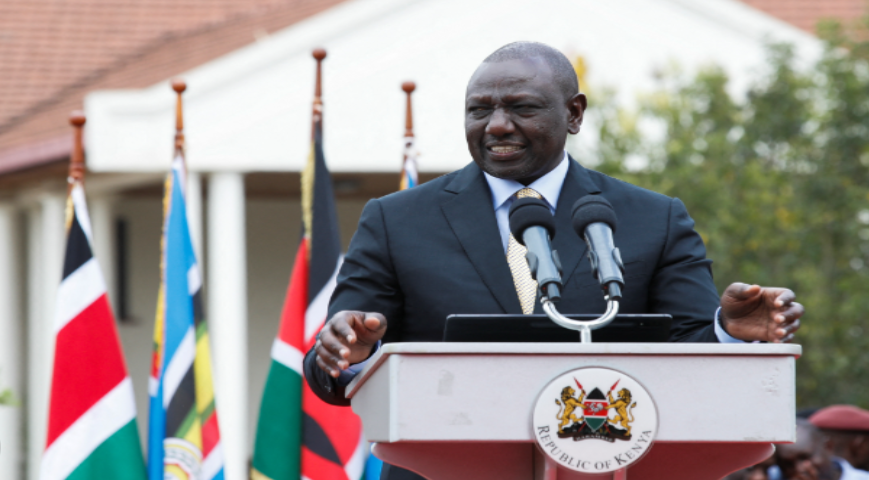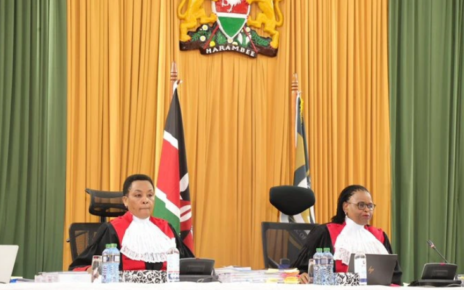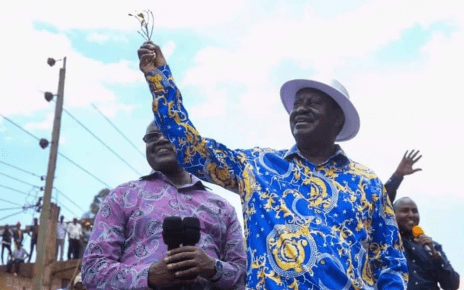Kenya’s fiscal landscape has witnessed a notable transformation under the stewardship of President William Ruto, as highlighted in the latest update from the Central Bank of Kenya (CBK) released on May 3. The report indicates a substantial reduction in the national debt by Ksh380 billion, bringing the total down to Ksh10.87 trillion as of February 2024. This achievement marks a significant milestone, representing the first decline in the national debt since June 2022. It’s noteworthy that the trajectory of the debt had surged past Ksh10 trillion by June 2023, peaking at Ksh10.9 trillion by November 2023.
Despite reaching historic highs, with the debt soaring to Ksh11.1 trillion and escalating further to a record Ksh11.2 trillion in January 2024, the Ruto administration executed substantial repayments to international creditors between December 2023 and January 2024. Notable efforts were directed towards servicing the Standard Gauge Railway (SGR) project and redeeming the 2014 Eurobond. Moreover, the administration retired a Ksh70 billion matured infrastructure bond during this period, signaling a proactive approach towards fiscal responsibility.
The administration’s commitment to debt reduction is underscored by forthcoming initiatives, such as the planned repayment of USD500 million towards the SGR loan by July 2024. Presently, out of the Ksh10.87 trillion total national debt, Ksh5.2 trillion is attributed to domestic borrowing. Notably, the Ruto administration has demonstrated a predilection for domestic borrowing over reliance on foreign debt, reflecting a strategic shift in fiscal policy.
Kenya’s public and publicly guaranteed debt stands at Ksh5.7 trillion, with notable creditors including China, subsidiaries of the World Bank, and the International Monetary Fund (IMF). This concerted effort towards debt reduction signals a positive trajectory for Kenya’s economic stability and underscores the administration’s commitment to prudent fiscal management.



